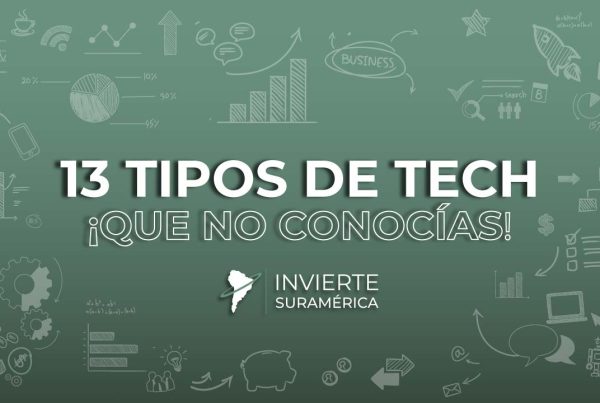Starting a startup requires time, dedication, and clear objectives that change as the company grows. Seeking investment is critical in the startup world; depending on the business model, some startups obtain investments quickly. Interested investors provide the necessary capital and/or resources with the goal of scaling and promoting the startup and multiplying the invested capital.
These are the five startups investment rounds that you should be aware of if you are in the process of raising capital for the development of your business.
1. Pre-seed Round
The initial phase of this Startup analyzes the problems of the market that it will solve, listening to potential clients to better define which market niche it will focus on.
In the pre-seed round, investment is sought through the 3Fs (family, friends, and fools), close people are approached for investment, and up to $100,000 dollars can be obtained, with which a stable work team is sought. The founders are usually the first to invest in pre-seed because this increases the business’s credibility with investors.
2. Seed Round
There is already a stable work team, and there is a product to put on the market and present to potential clients, as well as market studies and a business plan. The main goal of the investment is to help you achieve your first cash flow and grow your business.
The investors in the seed round are typically angel investors and, in some cases, venture capital (VC) funds, with amounts typically ranging from $100,000 to $1 million dollars, with which they seek to assume the risks of technology and business structure.

3. Series A Round
When a startup already has positive results and a market-accepted product, its track record allows it to seek investment. Some of the investors’ goals in Series A include strengthening the business model, increasing income, and expanding the work team.
The investment can come from VC funds and ranges between $3 and $5 million in Latin America, with the goal of purchasing between 10% and 30% of the company. The goal of this round is to solidify growth through a business model that generates long-term profits. As a result, VCs will inquire: How does the startup demonstrate that it has a market-fit product, and what is the sales growth strategy that allows it to scale in 1 to 2 years? Initially it is a process of numbers and strategies to demonstrate the credibility and scope of the startup.
4. Series B Round
The startup has already demonstrated to investors in series B that it is ready to gain greater market reach and begin expanding into new territories.
This investment round reaches up to $50 million dollars, to expand commercial development, marketing, support and work team, the financing comes from Series A investors, and investment specialist companies, additionally the investment risk is low due to the history of the startup and its valuation is higher than in previous rounds.
5. Series C Round
Startups that make it to Series C are already solid, stable, and successful in the market, and they seek funding to develop new products or services, expand into new markets, merge with, or acquire other companies.
Investments in the series C round exceed $50 million, and participants include venture capital investment funds, investment financial entities, and investment banks.

The investments are made through a series of rounds, with the pre-seed and seed rounds being the most prominent and important for startups. These rounds provide an idea of the cycle and how it develops, as well as the dynamics that the startup uses to promote itself. Not all startups must go through all of the rounds, but it is important to understand what type of financing is sought and for what purpose.
Learn more about Latin America and different startups on our blogs and YouTube channel.



